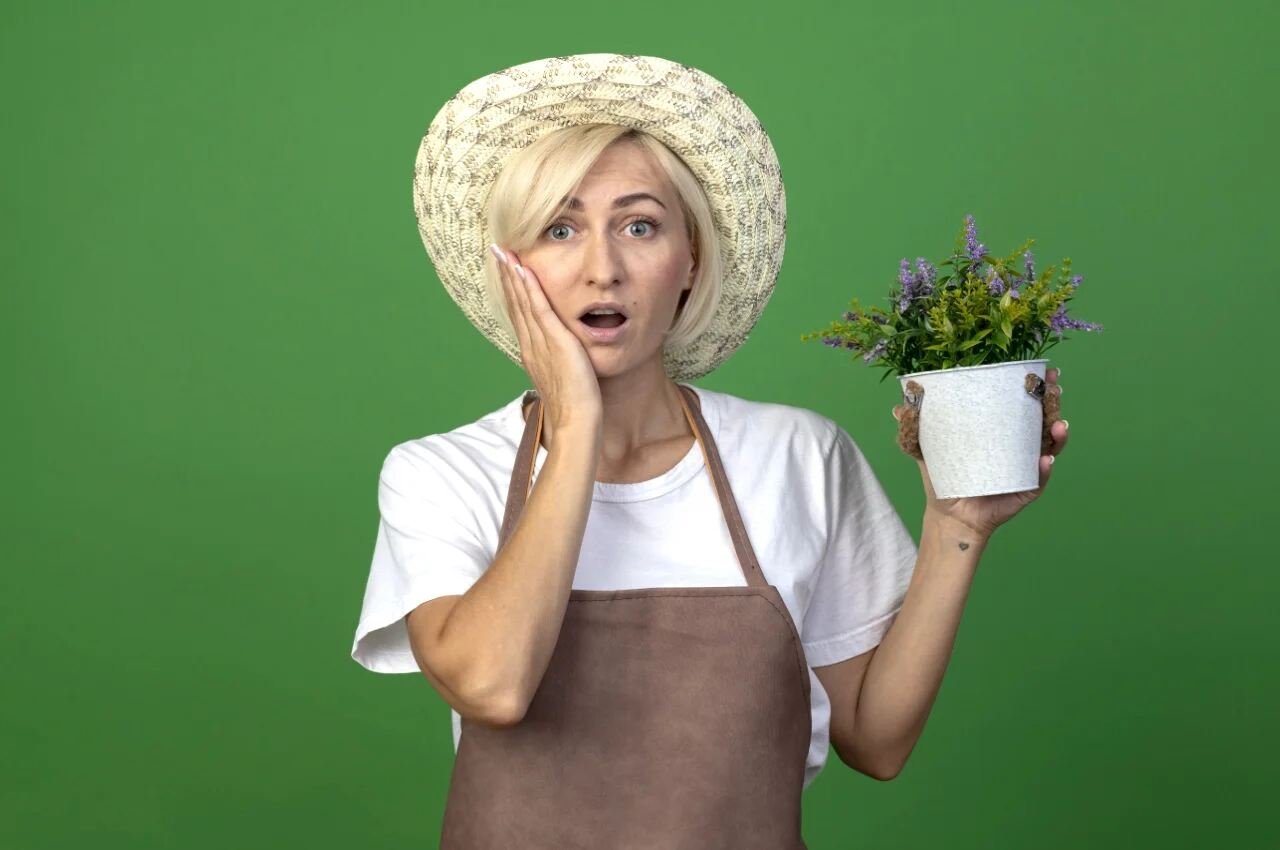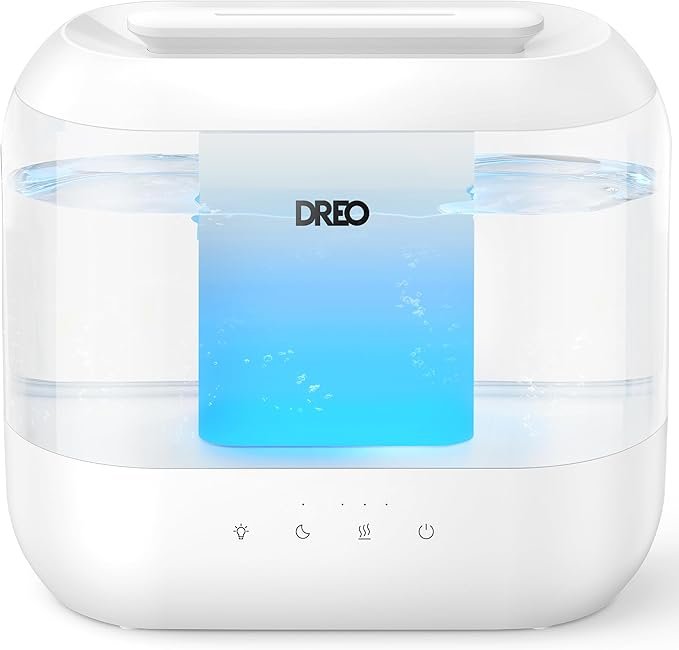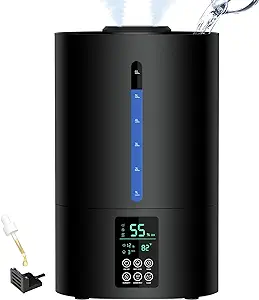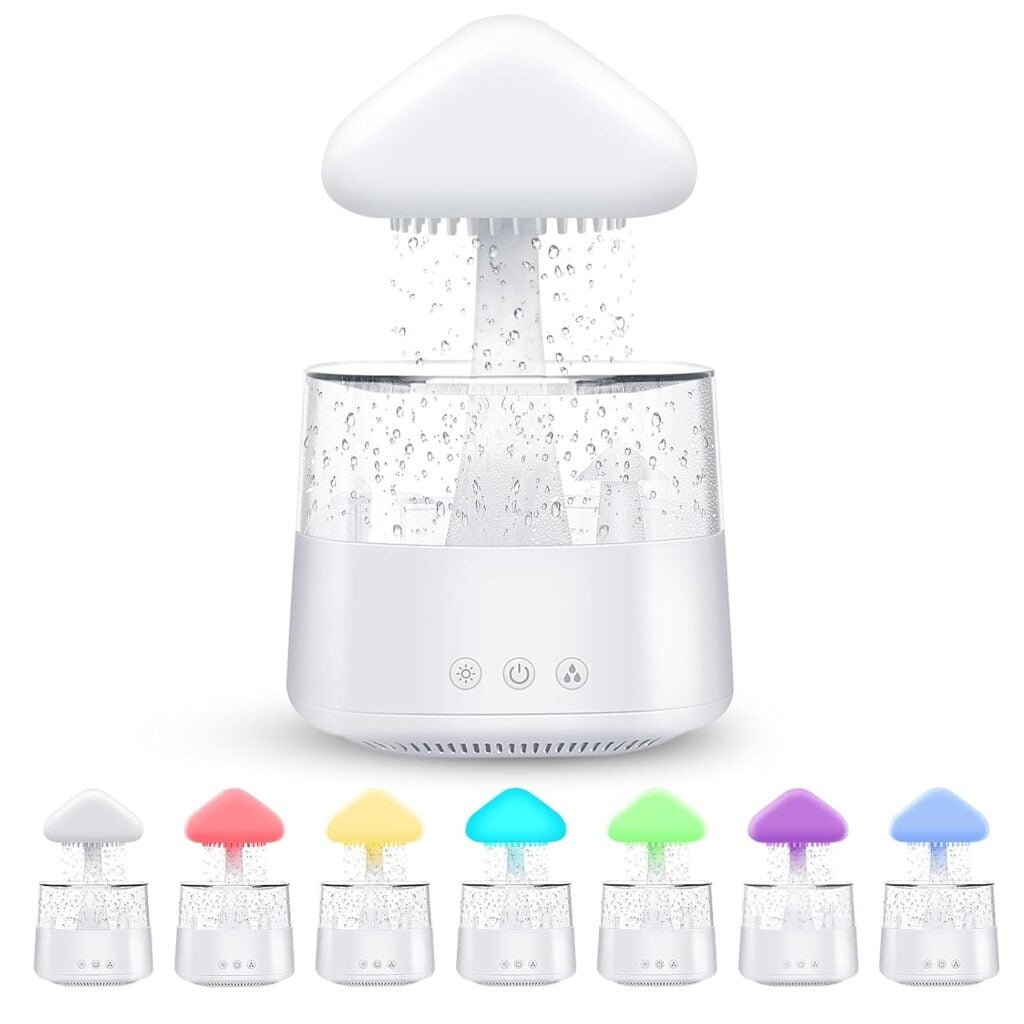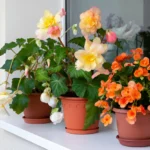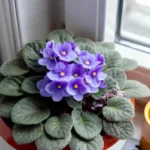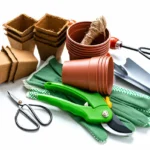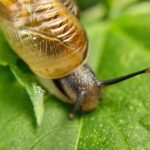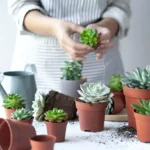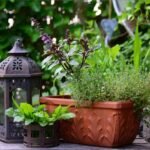20 Common Houseplant Mistake You Should Avoid | Organic | Easy To Make
Who wants to avoid adding greenery to the house with indoor plants? Coming home after work and seeing your child-like trees can relieve your tiredness. However, some common houseplant mistakes can cause you to lose your plants forever.
In this article, we have covered 20 common mistakes at large. If you follow these common mistakes, your plants will live longer, and you can save them until next year.
Before we get into the details, let’s look at 20 common mistakes.
1. I need to be made aware of the plant’s origin
New gardeners pick up the plant from the store by looking at the low-maintenance/low-light sticker. But by bringing the tree home and leaving it in the corner of the house, you pushed your tree towards danger without realizing it. You didn’t even know it yourself. At some point, you see the tree leaves falling off; the tree looks unhappy, which is very sad. Do a little research on plants before bringing them home. In this, you will learn about new trees and increase your knowledge about trees. If you do not take proper care of the plant, then the plant will not grow in your house, and you may get bored after a while. Bringing a tree into the house means your responsibility increases as the tree is affected by your care. Bringing the plant home without a clear understanding of the plant means you will trouble the plant, as your lack of care will stunt the plant’s natural growth. Taking home the proper tree research will save time, effort, and money. Ignorance of your plants will not cause your plants to die. Interest in you and plants will increase.
We should get a clear idea of the plant before we buy it online or from a plant nursery.
2. Overwatering
If you are new to the world of plants, you may be concerned about watering your plants. Watering new plants means more growth. But you don’t even know how big a mistake you are making. As a result of excess water, the plant’s soil is wet and more moisturized; due to excess moisture, the air pockets in the soil are closed. Also, excess water causes bacterial and fungal attacks on plant soil. The soil of the plant rots and emits a foul smell. Overwatering causes the roots to rot (appear black) and eventually rot the roots. Root rot causes the plant to die slowly, and you may lose it without realizing it.
Yellow leaves, leaf drops, blackening of roots, and brown leaves are other symptoms of overwatering. But this is a good feature of the plant: the plant signals that you are overwatering it and should stop watering.
If you follow a few rules for watering indoor plants, the plants will be delicate.
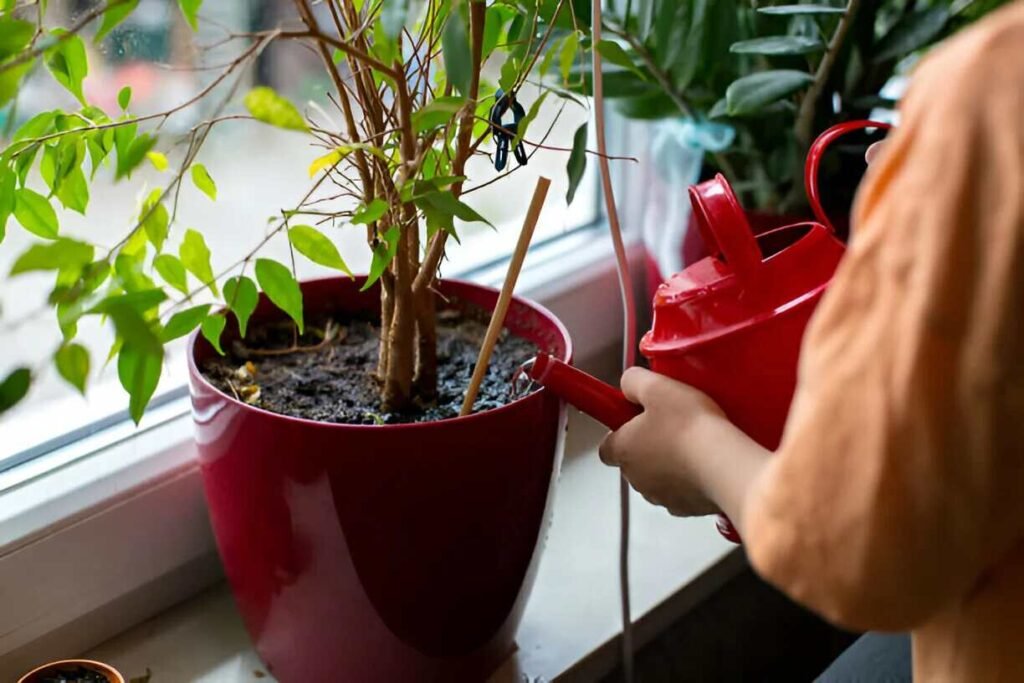
Pro Tips: Follow the finger method before watering the plant. If the soil is moist, stop watering. If the soil is dry, water it.
3. Use Pots without Holes
After bringing the plant home, transplant it into an aesthetic pot. The plant looks great in the pot, and you are happy, too. But the pot does not have drainage holes, so you replace it by mistake.
Why are drainage holes in pots?
When watering plants, we may only sometimes use the right amount; we may overwater without realizing it. If excess water is given, the soil will retain its required amount, and the rest will go through the drainage holes.
If you plant in pots without drainage holes, root rot can kill the plant. You should use nursery pots, which are quite large and have several holes. If you want to use an aesthetic pot, look at the holes and buy at least one large-size hole.
Pro Tips: Some aesthetic pots/ceramic pots do not have drainage holes, but you can use those without holes if you want. You need to plant the plant in a plastic pot one size smaller than the aesthetic pot or ceramic pot, and since the pot is small, it can easily fit inside the aesthetic pot/ceramic pot. And with drainage holes, the water will collect in a large tub you can throw away later. Your love is fulfilled, and the tree is also happy.
4. Variation of Light
One of the plants’ basic needs is light. Plants need light to produce food. By keeping plants in the right light, you can ensure their photosynthesis process and proper growth.
Those who bring new plants home and keep them in a place in the house do not get sunlight.
You need to know which plant is from which region. Generally, plants from tropical countries need adequate light. Dividing the tree light into three parts might help you understand.
- Sunlight
- indirect sunlight
- low sunlight
Sunlight is direct light. Houseplants need at least 6 hours of direct sunlight.
Indirect sunlight is far from direct light but indirect bright or filtered light. It lasts for at least 2-5 hours.
Low sunlight is away from direct sunlight and indirect light, such as in the kitchen or bathroom.
Now, you need to find out what light the plant you brought home likes and what light it will feel comfortable in.
Leaves and branches of plants look large due to lack of sufficient light.
Newbies bring plants home without knowing their light needs and put them in the opposite light they need. Trees don’t grow, but you may be disappointed.
5. Underwatering
Newbies consider live plants that artificial plants may not need to be watered. Many new gardeners I’ve talked to need to know when to water their houseplants and when or not to water them. Think about it: if you brought the plant home intending to take care of it, are you doing the right thing with the plant?
You will notice that the leaves are drooping down. The soil becomes dry, and the roots of the plant cannot absorb nutrients through the roots due to insufficient water.
You can water the plant once a week or once in 1-2 weeks during summer (watering may vary by plant).
In winter, you can water once in 3/4 weeks. Some plants need to be watered once a month. It would help if you went about watering the plants.
If you find your plant underwater, you can water it from the bottom of the tub.
Pro Tips: Take a container and fill it 3/3 full with water. Now, place your plant pot in the container. The plant will collect the water in the container through the leak in the bottom of the tub.
6. Heater or Air Conditioner
Plants that are placed next to heaters or air conditioners can be killed. You should move the plant away from rooms with heaters or air conditioners and keep the plants humid.
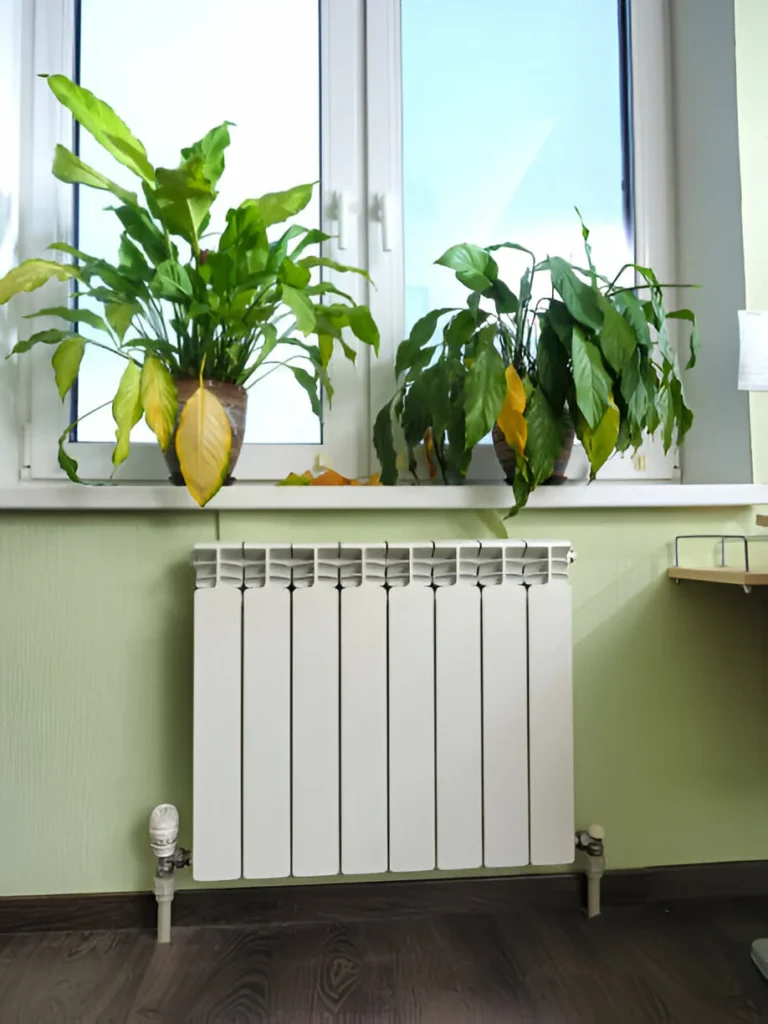
7. Overlight
Avoid placing the plant in direct sunlight. Newbies have been seen placing low-light plants in direct sunlight as they do not clearly understand plant lighting. This results in burning, dropping, and yellowing of leaves.
We have detailed above about the lighting of the tree.
Pathos, Areca palm, ZZ plant, and rubber plant types need bright light. Because cactus plants are tropical, they need a lot of light (direct sunlight). Fern plants are low-light plants. They are happy in low light. Direct sunlight burns their leaves. You need to be acutely aware of houseplant lighting.
8. Do Not Clean Leaves
Bird feathers and dust are visible on tree leaves. If the leaves of the plants are not cleaned regularly, the small holes in the leaves through which the plant receives food through respiration and needles cannot do so.
It would help if you regularly wipe the leaves with foil spray or paper towels.
As the newcomers are not aware of this fact, they do not clean the leaves, and even if they do, they are seen doing it again and again.
It would help if you cleaned the leaves regularly.
Pro Tips: When cleaning the leaves, hold the lower part of the leaves with your other hand. This reduces the risk of the leaves breaking when cleaning with a paper towel.
9. Not Checking Leaves Regularly
Insects in small quantities attack plants at first. However, it spreads to the whole tree in a few days. After that, pest control of your plants becomes difficult. If you regularly observe the leaves and branches of the tree, you will catch insects in your eyes, and you can save the tree by taking quick action.
Also, regular observation of the tree will keep your mind sound; caring for the tree can keep you mentally happy. If there are a small number of mealybugs or mites, wipe them off with rubbing alcohol on cotton or paper towels.
If you see insects on the plants, dilute the hydrogen peroxide you have at home, mix it with water, and spray it. If you can’t use hydrogen peroxide, you can use neem oil.
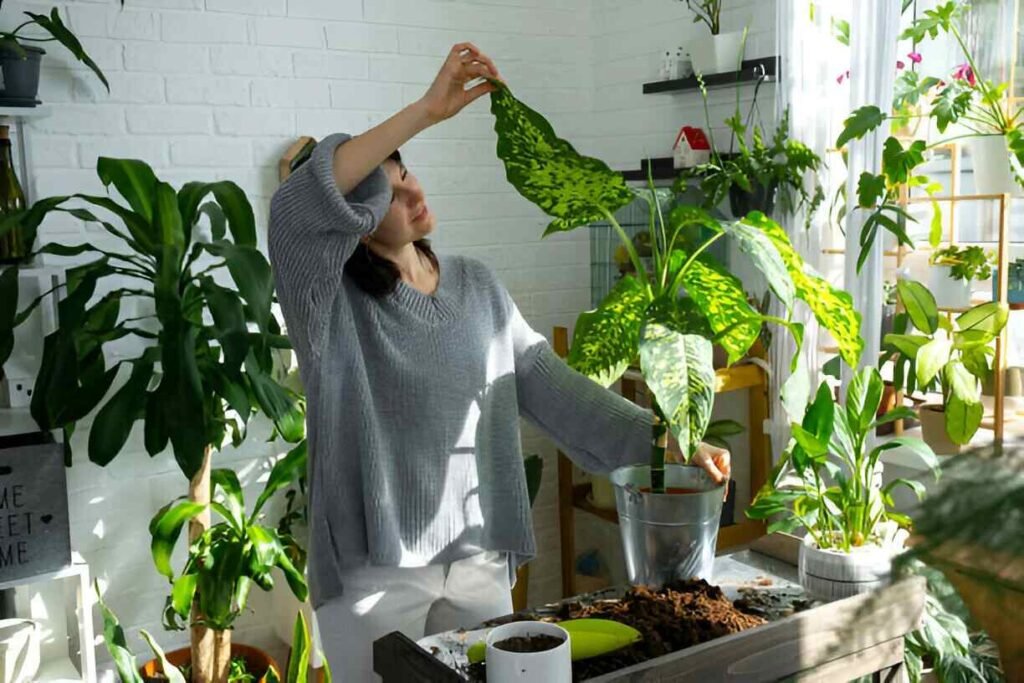
Pro tips: If you spot insects while checking the leaves, you can take quick action with home remedies. If control is not possible, use insecticides. Spray the plant outside after removing it.
10. Over Fertilizing
Plants need food for growth; if proper nutrition is given, they will grow normally. There is a tendency among beginners to think that more feeding will make the plant grow. However, too much fertilizer can burn the roots of the plant, and after you over-fertilize, the plant will drop its leaves and die slowly.
We don’t want to kill the plant with too much fertilizer. We will read the instructions and restrictions on the back of the plant fertilizer packet. Adherence to this will reduce your plant’s error proneness and allow for proper fertilization.
When you apply homemade organic fertilizers to the plants, you should maintain the correct amount and use them for the plants. Although organic and homemade fertilizers claim to be safe for plants, over-application can also harm them. We will try to feed the plants during the growing season and not apply during the winter.
11. Do Not Maintain Humidity
Certain plants can mix with the humidity inside your house. They don’t mind too much moisture, which is valid for some plants. You need to maintain the humidity of your room. If you live in a dry climate, it’s normal for your room to be hot inside. You will then need to control the humidity when you bring the indoor plant home. Plants from the tropics are accustomed to dry moisture and do not have any problems, but those from humid environments suffer. If the soil dries out, more water should be given.
Even in winter, you need to control the temperature of your room. Cold weather and fog outside can damage plants. Do not allow the room temperature to drop below 15°F. Keep plants side by side to keep your plants moist. It keeps the tree moist.
Fill the plant tray with water, make a gravel layer with stones, and place the plant tub. Your plant will stay moist. You can bring a humidifier home if your budget is acceptable.
Related Product
12. Not Reporting Perfectly
The tree needs to be repotted at regular intervals. Repotting removes the plant from its current pot and transplants it into a larger pot. If the plant is left in the tub without repotting, it does not grow after a certain period because the amount of food in the soil is reduced, and the food cannot be collected. Newbies think the tree they brought home doesn’t need to be transplanted. It would help if you replaced the plant by looking at its position.
When the sap comes out through the hole at the bottom of the tub, repot the plant into another tub. When repotting, you select more giant tubs. If the plant is currently in a 4-inch pot, you should replace the plant with a 6-inch pot. Some roots can be pruned while repotting. Prune the blackened roots first.
Notes: When repotting a tree, you should carefully pull the roots out of the soil. Tree roots can cause extensive damage to trees.
Pro tips: Repotting can be done once every 1-2 years at plant spacing.
13. Use of Pond or Brackish Water
Use saline and pollution-free water for your indoor plants. Saline water leaching into plant soil destroys micronutrients and beneficial insects and adds salinity, which is highly detrimental to plants.
Many people unknowingly use ponds or sink water for indoor plants. This water contains bacteria that indirectly damage the plant. Use the tap water you have at home. If tap water is salty, you can boil and cool the water or use filtered water.
14. Not Rotate Plant
Please do not turn the plant after placing it in the house’s corner (in the sun). A tree cannot move without the help of others. Sunlight is constantly falling on the tree at a certain angle. The other side of the tree needs to be getting light. You should regularly rotate the plant to prevent disease.
Without enough sun, one side of the leaf will be beautifully limp, and the other side (that side not getting light) The leaves move towards the sun (laggy), which makes the leaves and branches look long.
15. Compact Soil
You should turn the plant’s soil regularly to ensure air circulation. As the soil becomes compacted, the number of air pockets decreases as it stays for a long time. You can also periodically rake the plant’s soil with a chopstick.
Insert the chopstick fully into the soil to ensure better air circulation.
16. Excessive Pruning
Proper pruning of your tree will result in increased foliage. The tree will look beautiful and come in perfect sap. However, frequent pruning can prevent your plant from getting enough nutrients. When we cut the tree branches, the plant can take less food in photosynthesis because of the absence of those leaves. Repeated pruning can damage the plant. Stop pruning excess stems. Prune trees at specific times.
17. Not Moving Plant
We have noticed a tendency among new gardeners to repeatedly lift the plant from its wake and move it from one location to another. Please don’t keep the tree at a certain angle, and don’t move it up and down repeatedly.
Choose a location where the plant gets enough light and air.
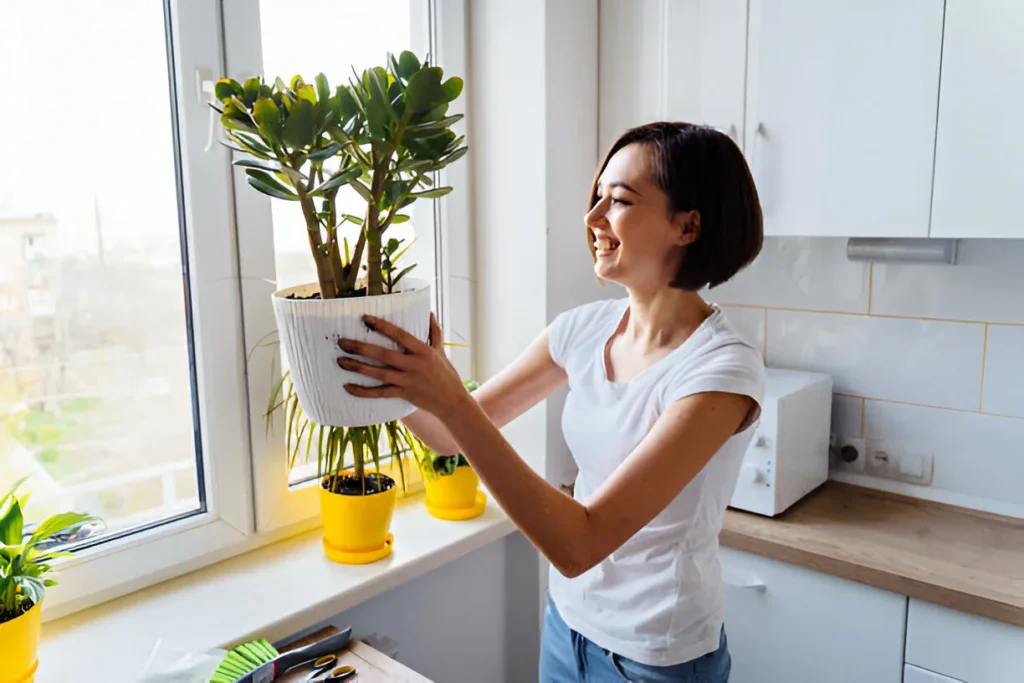
18. Old leaves
Cut off some yellow leaves and parts of leaves that have turned yellow. Many want to grow trees, and trees grow tall. (pathos type plants)
Cut off old leaves and plants. In this way, at home, you can plant seedlings easily, and the number of the same plant will increase, and the mother plant will be able to grow new branches.
19. Choosing a Plant That Doesn’t Fit your Lifestyle
If you travel a lot or are busy with work, avoid choosing plants that require regular monitoring, watering, lighting, and other types of care.
If you spend most of your time outdoors and regularly travel across the country or country for work or travel, choose plants that need to be watered every 2/3 weeks or once a month.
You can choose the ZZ plant, cactus, fern plant, and more summer plants in your house.
Related Article: How to Water Plants When Away From Home
20. Choosing the Wrong Size Pot
Choosing a pot of a larger size is less of a mistake.
When you are planting or repotting, select pots that are about two inches apart from the size of the plant. Avoid selecting pots more significant than the size of the plant because you choose a larger pot. The plant roots get extra soil, and the soil is moistened when you water. Over Moisturized soil can rot plant roots. Again, if you choose a pot that is more petite than the plant’s size, your plant’s roots will need more room to grow, and eventually, the plant’s average growth will be hindered.
Related Article: Ceramic Pot Vs Plastic Pot
Make sure to make these common mistakes. Try to care for the plant according to its needs.
